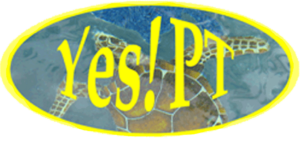Certain techniques, which are usually considered to be safe, may carry additional risk for particular patients. For example, dry needling, Graston technique, Rolfing, IASTM and thrust techniques may cause bleeding if you have increased clotting time due to hemophilia or blood-thinning medication (Coumadin, Eliquis, aspirin). Before deciding on a particular approach, Yes! PT encourages you to check for evidence of efficacy and safety of the approach from Google Scholar or Medline Plus. Before starting any new healthcare approach, you should always consult your physician or other qualified healthcare professional.


